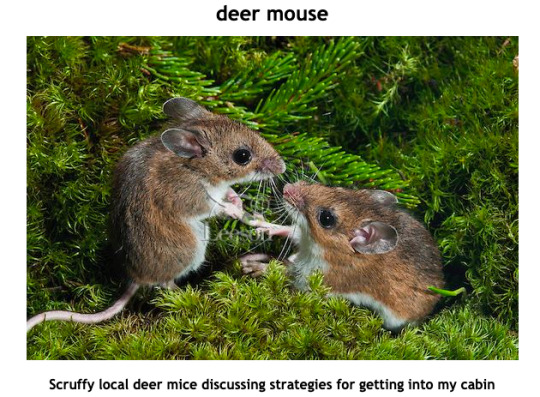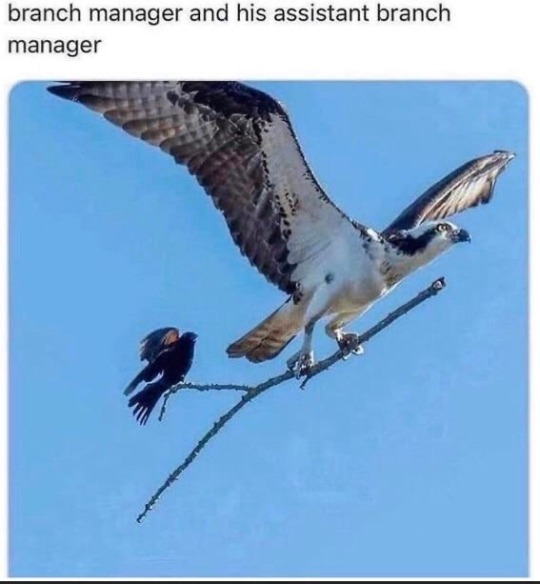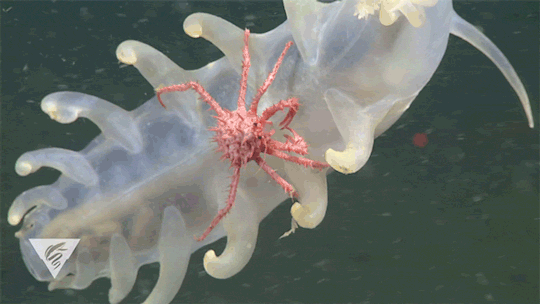Note
Spare some albatross facts?
albatrosses of all species mate for life, which is a big honkin' deal for a bird that lives for well north of 60 years!

when an albatross reaches sexual maturity, it will attend a yearly gathering of other single albatrosses of its own kind, whereupon it will perform a long, complicated, and EXTREMELY bizarre courtship with its chosen paramour until they seal the deal! TILL DEATH DO US PART.

(not all mated pairs are male-female, either! there's also a fair number of male-male and female-female pairs out there who just decided they liked each other better than the opposite sex, and baby, that's just natural.)

the albatross pair will spend most of their time apart, drifting gently around the world on the ocean air currents thousands of miles apart. but when the time comes around to make another, smaller albatross, they'll return to the same place they first said their vows to find each other and get crackin'!
they then proceed to create and raise a beautiful baby muppet together, and the circle of life goes on.

4K notes
·
View notes
Text
Two tubular tunicates took turns tuning two tuna for a toot, but too untoward was the tooling tour to the tunids that they entombed the two tunicates in a toothy toupee—anyway happy Twos Day!
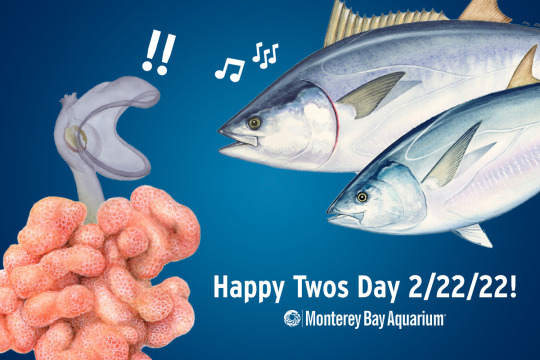
2K notes
·
View notes
Text
NIGHTJARS
You heard me.
Nightjars.
They are the BEST birds. Don’t come at me with BUT CORVIDS y’all know Corvids aren’t birds, they’re magic.
Anyway. Nightjars. Why nightjars, you might ask. Well let me tell you why.
I’ve already told you about the Tawny Frogmouth

But there is also the Great Eared Nightjar

Pennant-winged Nightjar
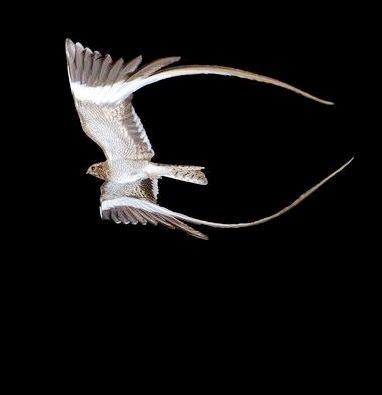
Standard-winged Nightjar. Yes, those are part of its wings. No, I don’t know WTF.
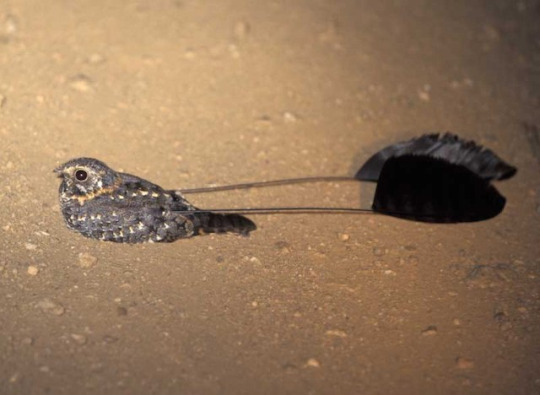
This oddly shaped stump. haha tricked you! It’s a Tawny frogmouth and baby.

Lyretail Nightjar. again, why. again, no idea.
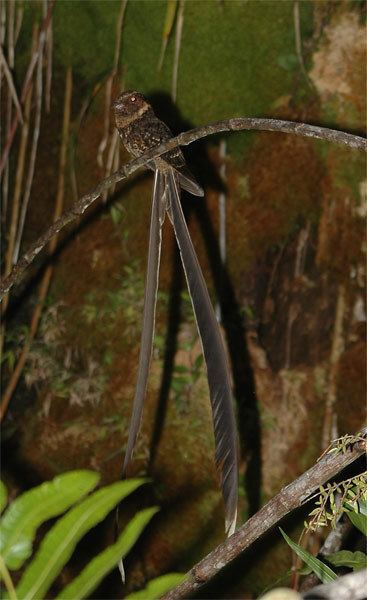
Australian owlet-nightjar
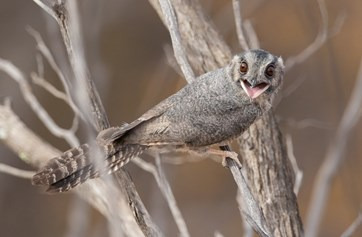
Swallowtail Nightjar. Not so fancy? look again. that mustache.

Not into cute mustaches on birds?
Tell that to this Sickle-winged Nightjar.

Before it cuts you down with its badass wings.

Hey another stump - wait no it’s a FROGMOUTH
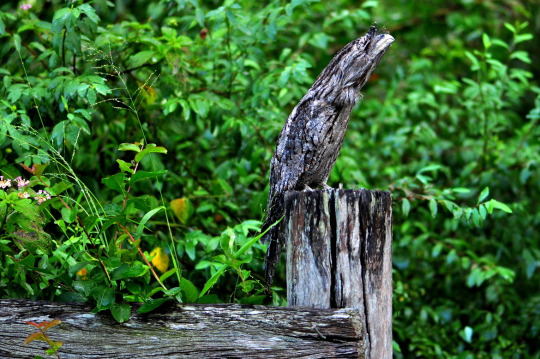
I’m not the first to have come to this conclusion.
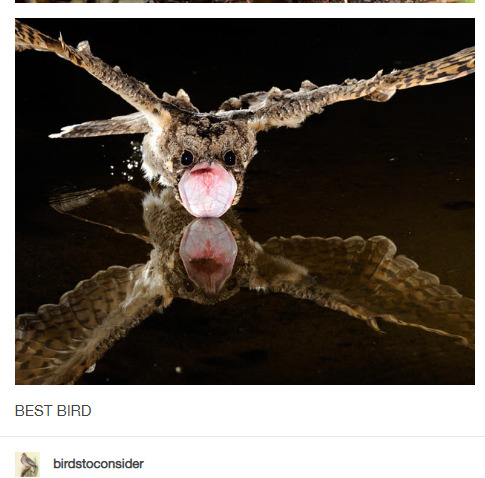
says right there. BEST BIRD.

Ok whatever Indian Nightjar doesn’t care what you think about it.
If you don’t agree, you can sit over there and be wrong.
36K notes
·
View notes
Photo


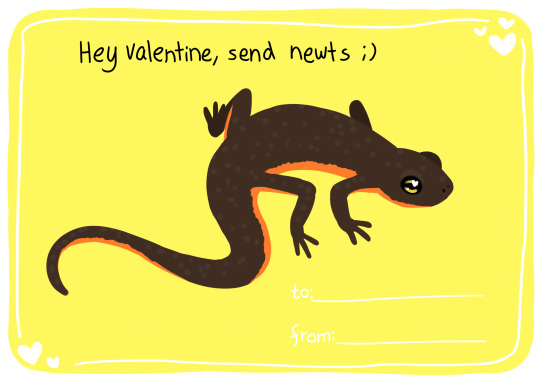
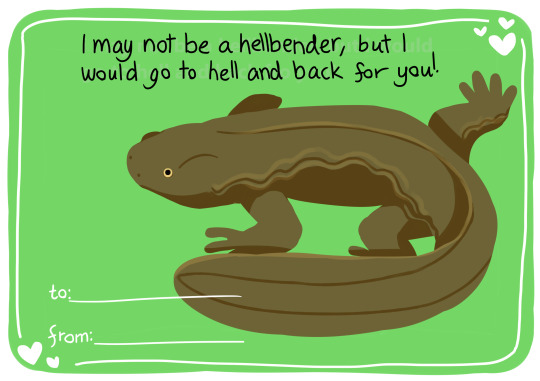
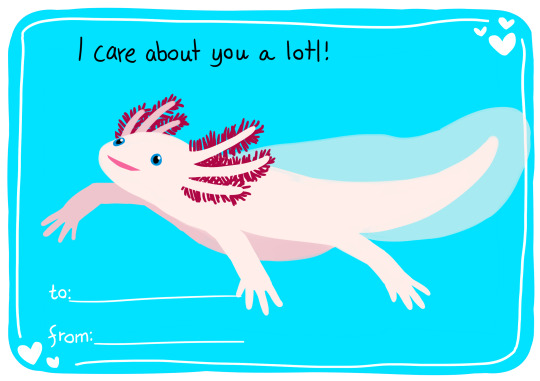
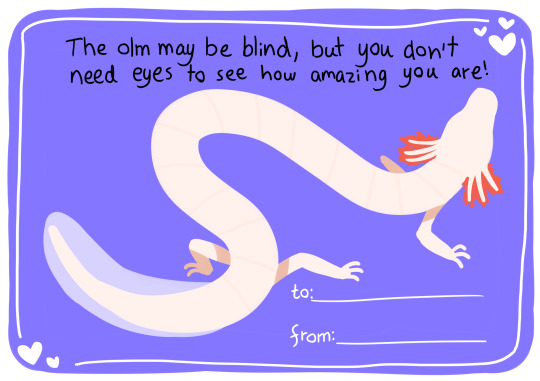

some amphibian valentines! feel free ot use them :D
(day 464)
10K notes
·
View notes
Text
It’s time to discover your inner shrimp—are you more like a mantis shrimp, a brine shrimp, or…??? Take our Shrimp Week personality quiz and shellebrate the real you!
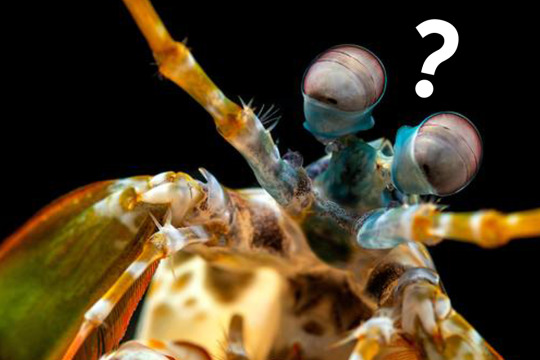
9K notes
·
View notes
Text
sometimes I forget orchids grow on trees and I’m like. oh.
#LOVE orchids#some orchids that grow in the ground are yellow lady's slipper#calypso orchid#and northern green orchid
47K notes
·
View notes
Text
Chinese giant salamander (娃娃鱼) a.k.a ‘baby fish’ due to the sound they make that sounds like a baby crying.
The Chinese giant salamander is one of the largest salamanders and one of the largest amphibians in the world. It is fully aquatic and is endemic to rocky mountain streams and lakes in the Yangtze river basin of central China.
The Chinese giant salamander is considered to be a "living fossil". Although protected under Chinese laws, its population has faced severe declined over the last 70 years and is currently (2022) listed as threatened. There are evidence indicating that the Chinese giant salamander may be composed of at least five cryptic species, further compounding each individual species' endangerment. It can reach up to 50 kg (110 lb) in weight and 1.8 m (5.9 ft) in length.
Here is a video of a 200-year-old Chinese giant salamander that was found in a cave.
Here is a video of it making the crying sound.
Here is another video
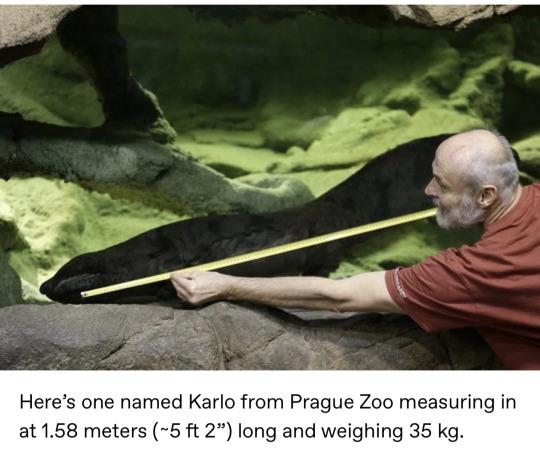
63K notes
·
View notes
Text
academic publishing explained | source: https://twitter.com/dglaucomflecken/status/1484679759829209090?s=21 
9K notes
·
View notes
Text
you, a generalist unspecialized mouse or mouselike mammal:
- food goes from esophagus to stomach to intestine
- can eat and digest almost anything
- adaptable and can survive in many different environments
me, a specialized sanguivorous vampire bat:
- food goes from esophagus to intestine to stomach to intestine
- can only eat blood
- will die if I don’t eat for one night (unless someone vomits in my mouth)
- will die if there’s not enough humidity in the air
- will die if I exercise too much
- will become dehydrated if I drink too much
- constantly pissing so I’m not too heavy to fly
22K notes
·
View notes
Text
Untitled Wednesday Library Series, Part 64
Known also as Hey look, Morrak finally read Robin Wall Kimmerer’s 2003 Gathering Moss: A Natural and Cultural History of Mosses, or: Shit, dude, another university press ecology book? To both charges I say yes, yes, I know.



The How
Gathering Moss feels like it’s everywhere, at least if you’re me, or at least it did between five years and two years ago, at least when I was in used bookstores. Maybe I got it at one of those, or maybe I got it new. Maybe it was online. I’m not really sure. Point is I’ve had it sitting on my shelf alongside 2013’s Braiding Sweetgrass for a while now.
Neither one is really escapable in my reading or social circle. A perk of being surrounded by people smarter, more thoughtful, and better informed and experienced than me is that I can pretty much trust them when they say a thing is good and worthwhile. Several years of good words about this book plus its appearance in some other books’ bibliographies finally made me pick it up last week.
The Text
Good and worthwhile. I try not to make these posts book reviews in the traditional sense. That’s not to say that I think those things aren’t worth doing — they are, for at least a few reasons — but I’m not usually the right person for it. That’s no different here, but my impressions are vaguely book review-shaped.
Gathering Moss is, I think, as much a classic as it can be given its age. Kimmerer’s work and reputation have reach for a reason; this books feels and functions like a lot of other successful ecology writing, which is to say it’s sound and effective.
I don’t find the prose works very well for me, but people whose taste I respect and broadly share have said the opposite. My botanical experience comes on the one hand from a very formal academic background and on the other from time spent with gardeners and ranchers and white outdoorsy types. The storytelling pace and overall tone of the book don’t fit either of those molds, and I don’t think I was in the right headspace to meet it where it stood. That’s a strength of the book and a weakness on my part, mind you; I appreciated it deeply but couldn’t get myself to switch gears before the pages ran out.
Counter to that feeling was the knowledge that reading so much that’s been written downstream of this left me anticipating its strongest messages — on evolution, on ways of knowing, on scale, on relationship to environment — in a way that watered them down. I dearly wish I’d picked this up a few years ago, because I’d rather have learned those lessons from this book first rather than encounter them the way I did. Bittersweet to find it now.
It took until the chapter on Sphagnum bogs for me to feel really affected, and then only because I have experience with those habitats and seeing them destroyed. My strongest takeaway was disappointment that I needed such a personal connection for the book to get a rise out of me.
The Object
Definitely a university press paperback. I counted two bizarre editing/copy errors, and the text wrapping on the illustrations was sometimes genuinely hard to read around. The illustrations themselves are extremely good and add a lot. Exactly the right kind of addition; they contribute a lot to the tone and descriptions alike.


Sometimes a book feels cheap and slightly impermanent, and sometimes that’s a better effect than being too nice to drag around with you. I feel like I’ve read a million books built like this camping or in airports, and I like that about it. It’s approachable.
The Why, Though?
Given what else I have on my shelves, I wouldn’t want to be without this. I strongly suspect I’ll have a better experience with Braiding Sweetgrass, then eventually come back to this and feel like it’s clicked. I’ll definitely be lending it out, because again, I think it’s good and worthwhile.
28 notes
·
View notes
Text
“People can’t anticipate how much they’ll miss the natural world until they are deprived of it. I have read about submarine crewmen who haunt the sonar room, listening to whale songs and colonies of snapping shrimp. Submarine captains dispense “periscope liberty” - a chance to gaze at clouds and birds and coastlines - and remind themselves that the natural world still exists. I once met a man who told me that after landing in Christchurch, New Zealand, after a winter at the South Pole research station, he and his companions spent a couple of days just wandering around staring in awe at flowers and trees. At one point, one of them spotted a woman pushing a stroller. “A baby!” he shouted, and they all rushed across the street to see. The woman turned the stroller and ran. Nothing tops space as a barren, unnatural environment. Astronauts who had no prior interest in gardening spend hours tending experimental greenhouses. “They are our love,” said cosmonaut Vladislav Volkov of the tiny flax plants - with which they shared the confines of Salyut 1, the first Soviet space station. At least in orbit, you can look out the window and see the natural world below. On a Mars mission, once astronauts lose sight of Earth, they’ll be nothing to see outside the window. “You’ll be bathed in permanent sunlight, so you won’t eve see any stars,” astronaut Andy Thomas explained to me. “All you’ll see is black.””
— Mary Roach. Packing for Mars: The Curious Science of Life in the Void. (via hummeline)
66K notes
·
View notes
Photo


Spectacled Eider (Somateria fischeri)
…is a large species of sea duck native to the coasts of Alaska and Siberia. Like other sea ducks the spectacled eider dives for its meals which usually consist of molluscs and crustaceans. The spectacled eider like other eider species is sexually dimorphic as males sport a striking white, black and green coloration while females have a more modest chocolate brown coloration. During the breeding season eider pairs will move inland to tundras close to the sea to lay their young.
Phylogeny
Animalia-Chordata-Aves-Anseriformes-Anatidae-Merginae-Somateria-fischeri
Image Source(s)
33K notes
·
View notes
Text
you ever see an animal that you know is like an apex predator that could tear you apart if it so inclined to but you also just think theres a sense of comfort about its existence ? thats how i feel about tigers
453 notes
·
View notes
